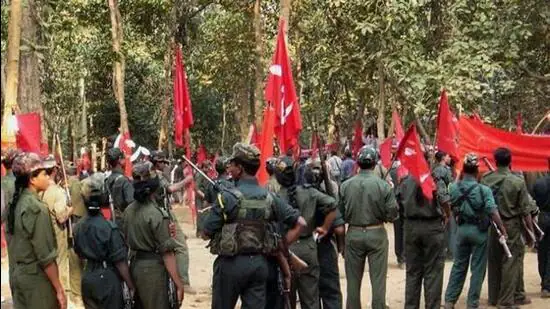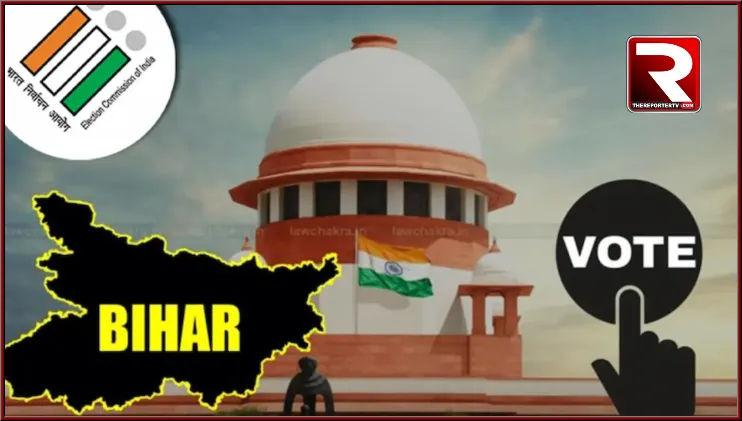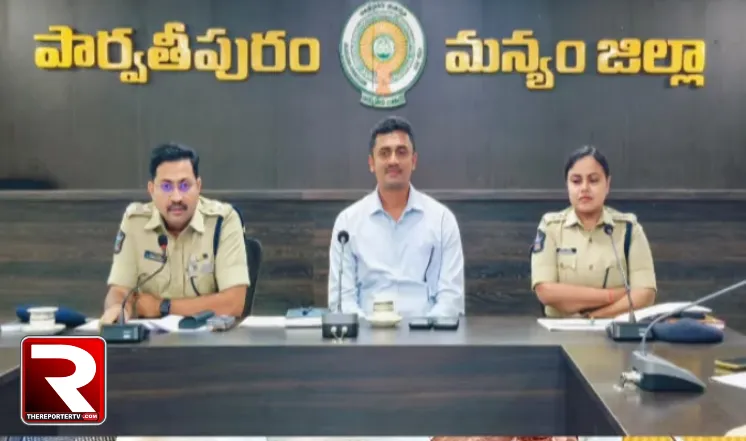Raipur : In a significant breakthrough in Chhattisgarh’s fight against Naxal insurgency, eight Maoists — including several top-ranking leaders — surrendered before Narayanpur Superintendent of Police, Robinson Guria, in the insurgency-hit Abujhmad region on Tuesday. The surrendered cadres were collectively carrying a bounty of ₹30 lakh.
Among them were prominent operatives such as Divisional Committee Member (DVCM) Dr. Sukhlal Jurri and Politburo Committee Member (PPCM) Hurra alias Himanshu, each carrying a reward of ₹8 lakh. Two Area Committee Members (ACMs), Kamla Gota and Raju Podiam alias Sunil, with rewards of ₹5 lakh each, also laid down arms. The remaining four — Maniram Korram, Sukku Farsa alias Nagesh, Ramu Ram Poyam, and Deepa Punem — were lower-rung cadres, each with a bounty of ₹1 lakh.
The surrender, which includes six male and two female Maoists, marks a critical setback for the outlawed CPI (Maoist) and a notable success for Chhattisgarh’s ongoing anti-Naxal operations.
SP Guria stated that the cadres would receive ₹50,000 each and full access to the state’s rehabilitation and reintegration program, as per the government’s surrender policy. This move is part of a broader campaign in which 148 Maoists have surrendered in Narayanpur district alone this year.
In a striking revelation during interrogation, DVCM Dr. Sukhlal condemned the Maoist leadership, stating, “Top Maoist leaders are the true enemies of tribal people. They enslave the people of Bastar by feeding them hollow promises about protecting water, forest, and land.” His sentiments were echoed by female cadre Kamla Gota, who highlighted the systemic abuse of women within the organisation. “Life for female Maoists has become hell. Big leaders exploit them like slaves,” she alleged.
Police officials attribute the growing wave of surrenders to a combination of intensified security operations, ideological disillusionment, and widening internal divisions within the Maoist ranks. According to authorities, the movement is increasingly losing ground as the brutality and hypocrisy of its leadership are exposed.
The latest surrender is being hailed not only as a tactical win for law enforcement but also as a moral victory for the government’s rehabilitation-oriented approach. Officials remain optimistic that the momentum will continue, as more disillusioned cadres are expected to renounce violence and rejoin mainstream society.
With this development, hopes rise that the decades-long Maoist insurgency in central India may finally be approaching a turning point.












